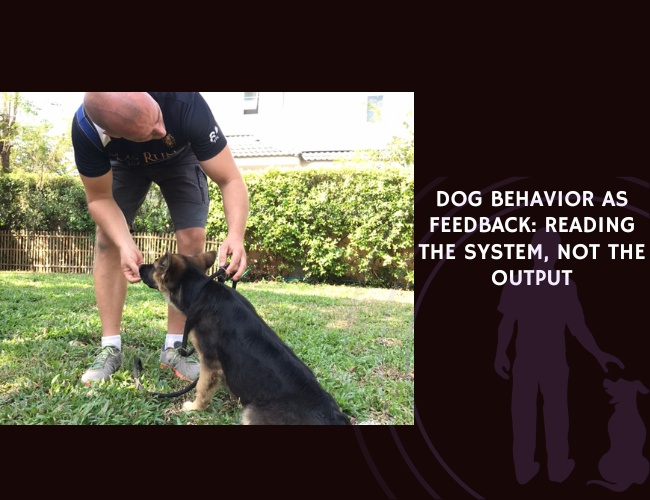A groundbreaking 2024 study by Hannah E. Flint and colleagues, published in Scientific Reports, offers a comprehensive look at how to evaluate both negative and positive emotional states in dogs using behavioral and physiological indicators. While stress-related signs like cortisol and whining have been studied, there has been a significant gap in identifying markers of positive emotional states in canines.
In a controlled crossover design, 60 dogs were exposed to six different short-term scenarios crafted to elicit varied emotional valence (positive or negative) and arousal levels. Researchers collected a wide range of physiological and behavioral data and analyzed it using linear and logistic mixed models.
Findings showed that physiological indicators such as cortisol, ACTH, heart rate variability, panting, and body shake varied significantly with arousal, but these variations occurred mainly in negatively valenced scenarios. Meanwhile, Qualitative Behavioural Assessment (QBA) scores emerged as the most effective indicator of positive emotional valence, reflecting nuanced shifts in affect.
Other behaviors associated with positive high arousal included activity level, ear temperature changes, and sitting, although some may have been influenced by increased movement or ambient temperature. Markers like heart rate, secretory immunoglobulin A, standing, and lying showed similar trends across both emotional valences, suggesting their utility in assessing general arousal regardless of emotional tone.
This study marks a critical advancement in dog welfare research, emphasizing the need to combine multiple indicators—both physiological and behavioral—when assessing canine emotional states. The researchers also caution against coder bias and environmental confounds like food presence or weather, which could affect measurement outcomes.
By expanding beyond stress markers to include signs of positive well-being, this research sets the stage for more balanced welfare assessments and better communication between humans and dogs.
Source: Hannah E. Flint, J. E. Weller, N. Parry-Howells, Z. Ellerby, S. L. McKay, T. King. “Evaluation of indicators of acute emotional states in dogs.” Scientific Reports, 2024-03-17. Volume 14.









